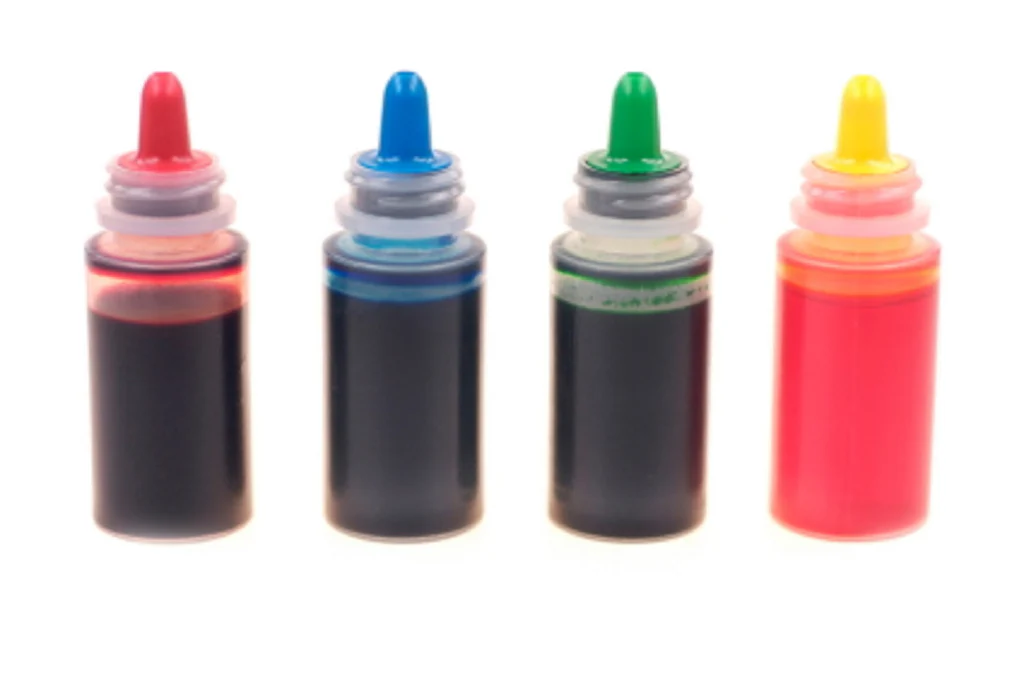Written By Tsvetan Petrov / Reviewed By Ray Spotts
Tartrazine is the chemical name of the food supplement E102. Its IUPAC name is Trisodium (E)-5-oxo-1-(4-sulfonatophenyl)-4-(4-sulfonatophenyl) diazenyl)-4,5-dihydro-1H-pyrazole-3-carboxylate. It is a synthetic yellow colored azo dye, which is highly soluble in water.
It is used for coloring different drinks, egg painting, cakes, jellies, cornflakes, snacks, canned fish, and dried soups. It can provide yellow and bright blue color to food stuff and a green tint can be obtained when in combination with E142.
This synthetic product can cause different allergic reactions, particularly in people suffering from asthma or intolerance to aspirin. Its consumption can cause anxiety, migraines, clinical depression, blurry vision, skin itching, general faintness, hot flashes, asphyxia, purple spots on skin area and sleep disorders.
Tartrazine also increases the risk of tumor cells occurrence of the thyroid gland as well as damage to the structure or number of chromosomes.
In combination with Benzoic Acid E210, tartrazine predisposes emergence of hyperactivity in children - also known as ADHD, although studies had been conducted in UK, as a result of which British scientists believe that this compound is not the cause of ADHD in children.
This chemical compound is also banned as a supplement in Norway, Austria and Germany.
E122 Azorubine
Azorubine carmoisine - also referred to by other names - is a synthetic colorant with red color from the group of azo dyes. It is produced from coal tar and is used mostly in the confectionery industry for making jellies, sweet candies, cheesecakes, and marzipan.
Possible effects on human health are allergic reactions, rashes - such as hives - as well as skin swelling. People with asthma often react badly to it.
HACSG - the Hyperactive Children's Support Group issued an alert that E122 can stimulate a child's nervous system and can lead to hyperactivity, as well as bad concentration.
For over 60 years, Azo dyes are famous for their carcinogenic properties [1] and are connected to urinary bladder cancer.
On April 10th, 2008, UK Food Standards Agency (FSA) called for voluntary removal of E122 as well as five more colorants till the end of 2009 and urged the European Union to do the same. [2]
Banned in Sweden, USA, Norway, Canada and Japan [3] [4] and some other countries, the substance belongs to the group of carcinogen agents that can cause cancer.
In addition to food, Azorubine (colorant E122) is used in cosmetics and perfumery.
Citations:
[1] McLean P, Reid E, Gurney MW (June 1964). Effect of azo-dye carcinogenesis on enzymes concerned with urea synthesis in rat liver. Biochem. J. 91 (3): 46473. PMC1202978.PMID4284639.
[2] BBCEurope-wide food colour ban call10 April 2008
[3] Food additives. CBC News. 29 September 2008.
[4] http://www.ukfoodguide.net/e122.htm
Subscribe to our Trusted Health Club newsletter for more information about natural living tips, natural health, oral health and skincare. If you are looking for more health resources make sure to check out the Trusted Health Resources list.
Written By:
Tsvetan Petrov is a health writer, passionate blogger and owner of the Get Holistic Health website.
Reviewed By:
Founder Ray Spotts has a passion for all things natural and has made a life study of nature as it relates to health and well-being. Ray became a forerunner bringing products to market that are extraordinarily effective and free from potentially harmful chemicals and additives. For this reason Ray formed Trusted Health Products, a company you can trust for clean, effective, and healthy products. Ray is an organic gardener, likes fishing, hiking, and teaching and mentoring people to start new businesses. You can get his book for free, “How To Succeed In Business Based On God’s Word,” at www.rayspotts.com.





Thanks for this blog on these dangerous food additives.Use natural food coloring instead of using these dangerous additives.
https://www.kancor.com/category/products/specialty-ingredients/culinary-platform/saffron-extracts/